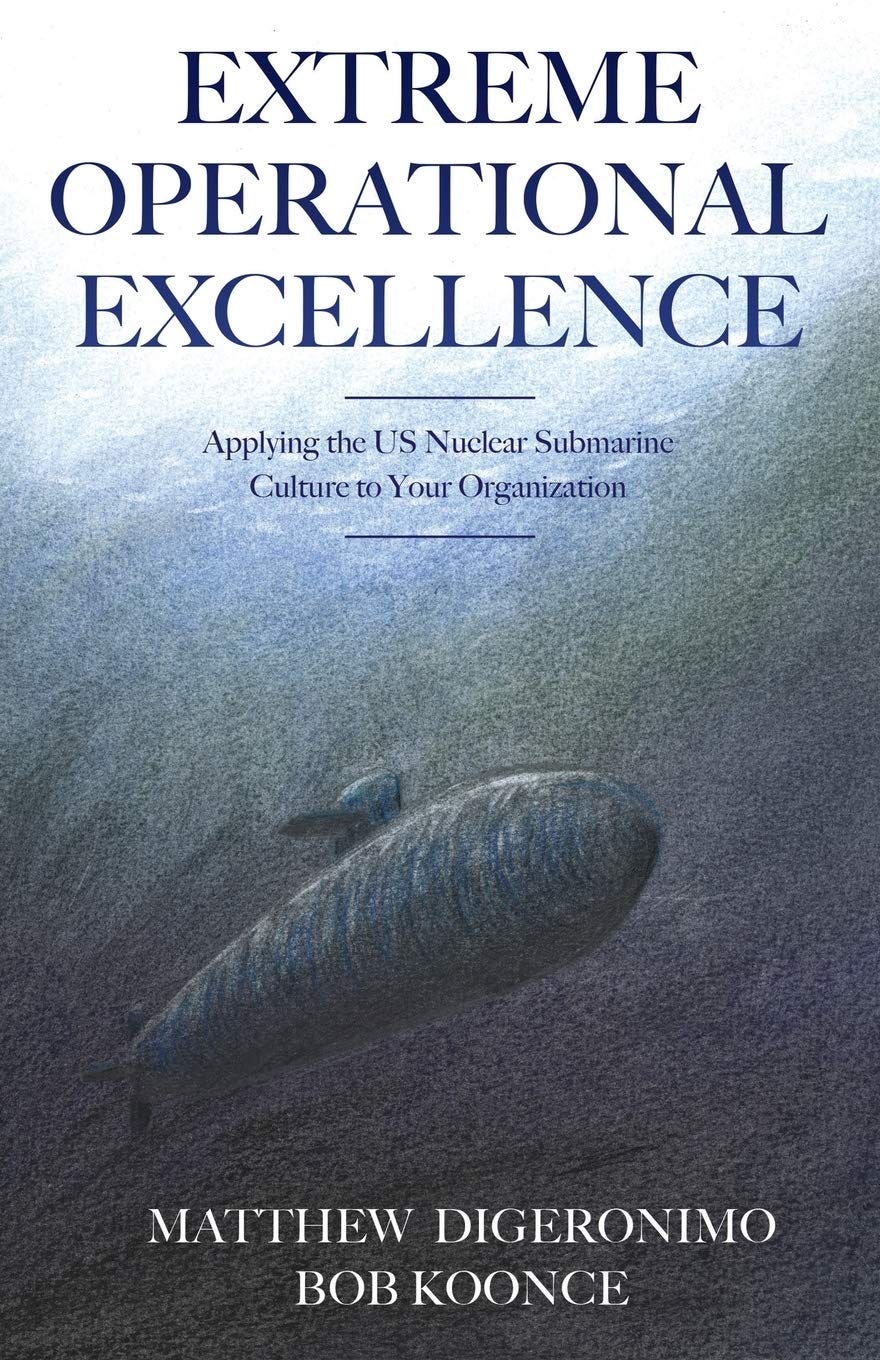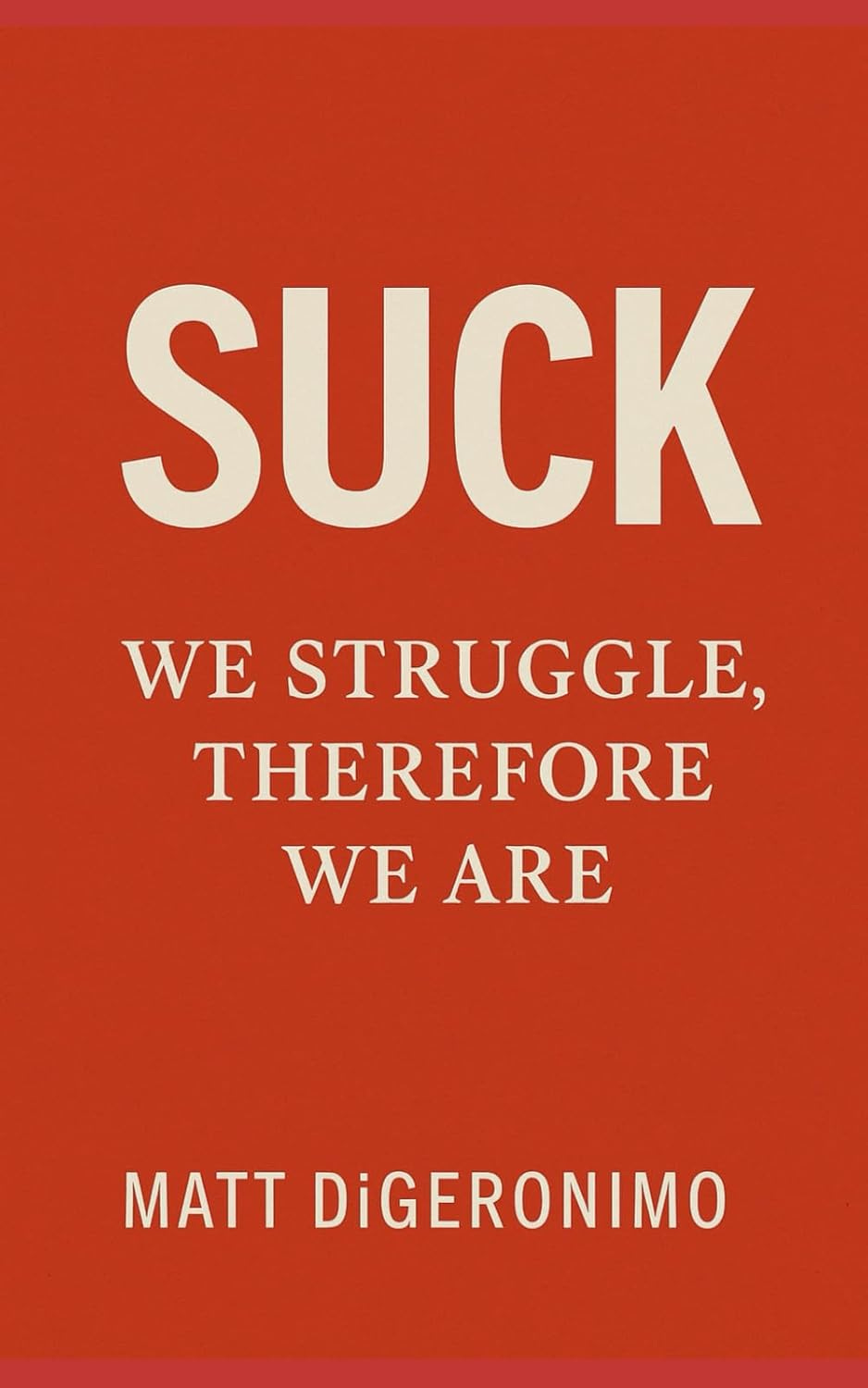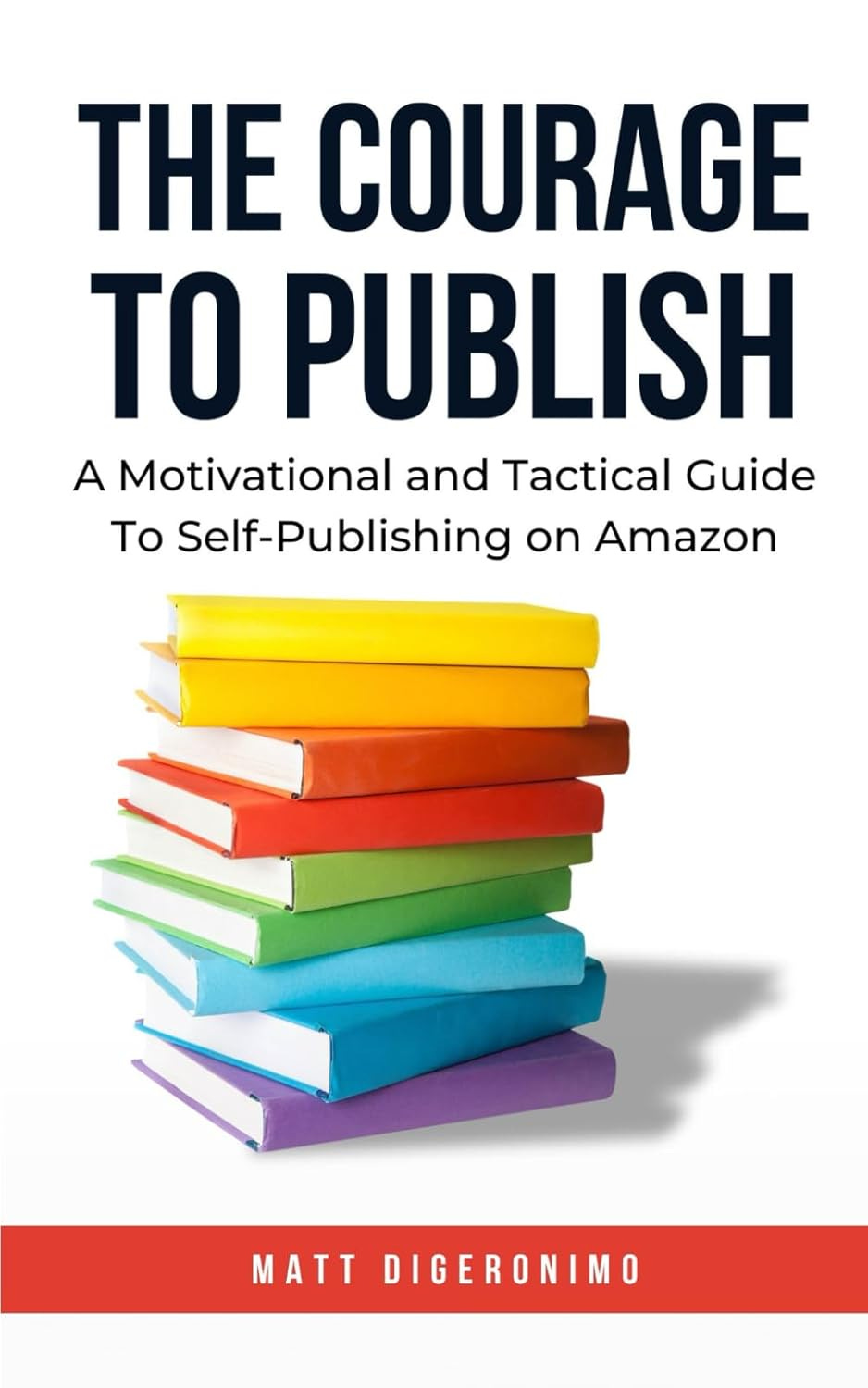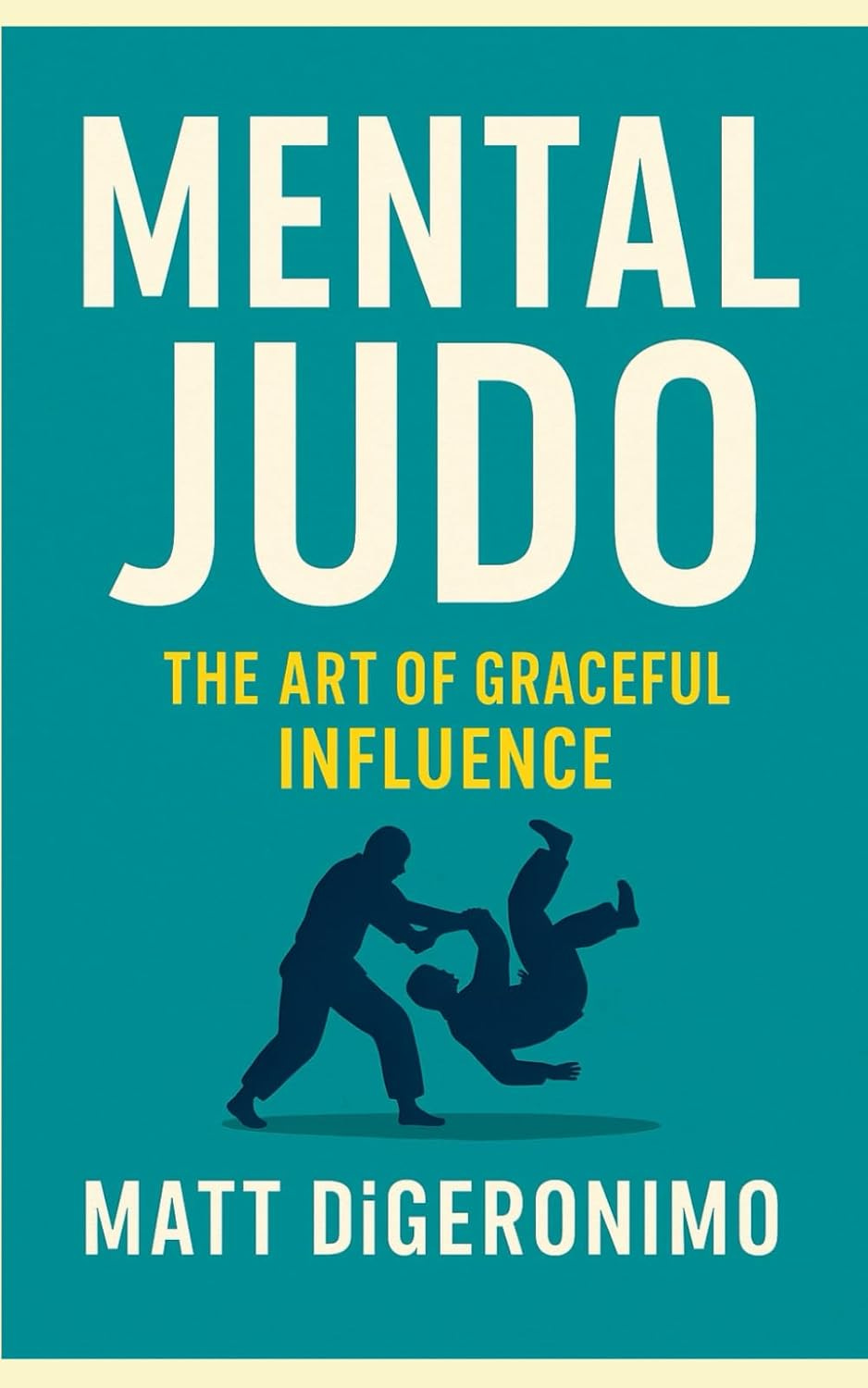The Sting of Rejection
Why fulfillment isn’t found at the finish line — and how to build it into the life you’re living right now.
We all say we’re okay with hearing “no.”
That it’s just part of the process. That it’s nothing personal. That we’ve “thickened our skin.”
But then it happens — the unanswered email, the declined opportunity, the ghosted connection, the doors that never even creaked open — and the sting is sharper than we expect.
Rejection hurts.
And more often than not, it hurts more than it should.
Why?
Why Do We Avoid Rejection?
Rejection threatens something ancient in us.
It’s not just about disappointment — it’s about belonging.
For most of human history, rejection didn’t mean discomfort.
It meant danger.
To be cast out from the tribe, the circle, the system — that was a literal survival risk.
Our nervous systems are still wired that way.
So when we don’t get the job, the callback, the invitation, the validation — something deeper than logic lights up.
And it whispers: “You don’t belong here.”
We avoid rejection not because we’re fragile, but because we’re wired for connection.
And rejection feels like disconnection with teeth.
Why Does It Hurt So Much?
Because rejection feels personal, even when it’s not.
Because someone is saying, “This isn’t right for us.”
And our brains hear: “You’re not good enough. You don’t matter. You’re too much. Or not enough.”
Ironically, we spend a lot of time developing our inner critic — that voice that evaluates, sharpens, refines.
You’d think that would prepare us for outside criticism.
But no.
It turns out the only critic that really matters to us… is someone else.
We’re not afraid of being hard on ourselves.
We’re afraid that someone else agrees with the worst things we say privately.
What Rejection Actually Means
Rejection feels like a verdict. But often, it’s just… context.
Timing. Fit. Capacity. Chemistry. Misalignment. Preferences.
You weren’t right for the opportunity — or the opportunity wasn’t right for you.
They didn’t see your value — or they were too busy to look.
They passed — or maybe they just didn’t know how to say yes.
The problem is, rejection is rarely wrapped in nuance.
We just get the “no,” and our minds do the rest.
So we fill in the blanks with our own insecurities.
Reframing Rejection
Let’s change the question.
Instead of:
“What’s wrong with me?”
Try:
“What was this rejection protecting me from?”
“What space just opened up because this didn’t happen?”
“What part of my identity was I outsourcing to their approval?”
Rejection isn’t always a wound.
Sometimes it’s a reveal.
How to Deal With Rejection (Without Losing Yourself)
Here are some reflections, strategies, and practices to process rejection with more clarity — and less shame.
1. Don’t Interpret the Silence
Not hearing back? Not getting a reply?
Don’t write the story.
Silence isn’t always judgment. Sometimes it’s logistics. Burnout. Overload. A misfire.
Give yourself 24 hours before assigning meaning. Then, only assign kind meaning.
2. Talk Back to the Inner Spiral
Rejection activates a mental loop: “Maybe I’m not cut out for this. Maybe I’m fooling myself. Maybe I’m done.”
Catch that loop mid-sentence. Say, “Ah, that’s the rejection talking. Not reality.”
Keep a list of past wins, affirmations, or quotes that root you in truth.
3. Name the Exact Fear
Ask:
What am I afraid this rejection proves about me?
Who am I afraid saw me fail?
What outcome was I clinging to, and why?
Rejection usually echoes an old fear. Naming it weakens its grip.
4. Separate “No” From “Never”
Rejection isn’t a prophecy.
It’s a moment.
Just because it’s not “yes” right now doesn’t mean it’s “never.”
Too many people quit in the silence between chapters.
5. Let Rejection Reveal What You Value
Sometimes rejection cuts because we cared.
Use that as data:
What about this mattered to you?
What was at stake?
What does that tell you about your desires?
You’re allowed to grieve it — that’s part of honoring it.
6. Stay in the Game
After rejection, the brain wants to contract. Hide. Quit.
That’s the moment to stay open — even a little.
Send another pitch. Write the next page. Show up again.
Not because you’re invincible, but because you’re resilient.
Even quiet momentum is healing.
7. Create Something Immediately
Turn the energy into movement.
Channel the sting into a paragraph, sketch, playlist, journal entry.
Not everything needs to be public.
But everything deserves a place to land.
Rejection is emotional static. Art helps us clear the signal.
8. Talk to Someone Who’s Been There
Rejection isolates us. But it’s universal.
Call someone who knows what it feels like.
Not for advice.
Just to hear, “Yeah, I’ve felt that too. You’re not broken.”
Sometimes the antidote to rejection… is being seen anyway.
Let’s Normalize Rejection
Rejection doesn’t mean you’re bad.
It means you were visible.
It means you tried.
You asked.
You reached.
You were brave enough to show your hand.
We need to normalize that.
Not just to protect our egos —
But because staying afraid of rejection keeps us from making the things that matter.
Final Thought: The Work Is Still Yours
The hardest part about rejection is not letting it convince you to abandon your voice.
Because the voice is yours.
The work is yours.
The path — winding, unsure, uncomfortable — is still yours.
Their “no” doesn’t take away your why.
So let the sting be real.
But let it move you, not erase you.
One more try. One more ask. One more step forward.
Even after rejection — especially after rejection —
you still get to begin again.
Matt DiGeronimo is a writer, thinker, and contrarian who simplifies the complex and challenges conventional wisdom. Please message me for public speaking or opportunities.
Matt DiGeronimo is a writer (6-time published author), thinker, and contrarian who simplifies the complex and challenges conventional wisdom. Please message me for public speaking or coaching opportunities.
Check Out Matt’s books on Amazon (paid subscribers get an ebook of their choosing)
Click on the book cover to buy on Amazon.















Yes! We're wired for connection so that we have the advantages of belonging to a group. Very well said with some great practical advice, Matt!
Definitely needed to hear this today.